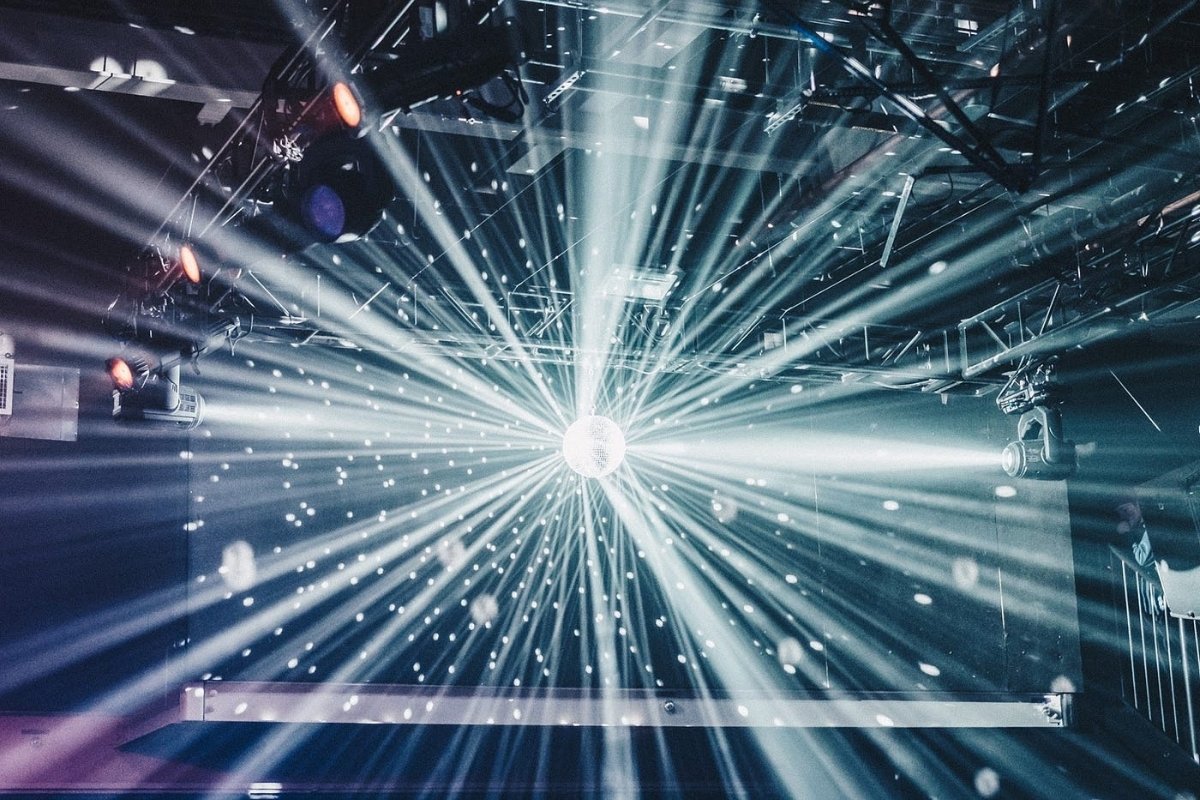
What is a strobe light? A strobe light is a device that produces regular flashes of light. These flashes can be incredibly fast, creating a sense of motion or freezing it in place. Strobe lights are often used in clubs, concerts, and emergency vehicles. They can also be found in scientific research, photography, and even some alarm systems. The rapid bursts of light can make objects appear to move in slow motion or stand still, which is why they are popular in entertainment and safety applications. Strobe lights are not just for fun; they serve practical purposes too.
What is a Strobe Light?
A strobe light is a device that produces regular flashes of light. These flashes can be used in various settings, from nightclubs to scientific research. Here are some fascinating facts about strobe lights.
-
Strobe lights were first invented in the 1930s by Harold Eugene Edgerton, a professor at MIT. He used them to capture high-speed events on camera.
-
The term "strobe" comes from the Greek word "strobos," which means "whirling."
-
Strobe lights are often used in nightclubs and concerts to create a sense of motion and excitement.
-
They can flash at a rate of several times per second, creating a disorienting effect known as the "strobe effect."
How Strobe Lights Work
Understanding how strobe lights function can be quite intriguing. They rely on a few key components to produce their characteristic flashes.
-
A strobe light typically consists of a flash tube, a capacitor, and a trigger circuit.
-
The flash tube is filled with a gas, usually xenon, which emits light when an electric current passes through it.
-
The capacitor stores electrical energy and releases it in short bursts to create the flashes.
-
The trigger circuit controls the timing of the flashes, allowing for precise intervals.
Uses of Strobe Lights
Strobe lights have a wide range of applications beyond just entertainment. They play crucial roles in various fields.
-
In aviation, strobe lights are used on aircraft to improve visibility and prevent collisions.
-
Emergency vehicles like police cars and ambulances use strobe lights to alert other drivers and pedestrians.
-
In photography, strobe lights help capture fast-moving subjects by providing a burst of light.
-
Scientists use strobe lights in experiments to study motion and behavior in animals.
Strobe Lights in Science and Medicine
Strobe lights have made significant contributions to scientific research and medical practices.
-
They are used in tachistoscopes, devices that study visual perception and memory.
-
Strobe lights help in diagnosing and treating certain medical conditions, such as epilepsy.
-
In physical therapy, strobe lights can be used to improve coordination and balance in patients.
-
Researchers use strobe lights to study the behavior of insects and other small animals.
Safety and Precautions
While strobe lights are fascinating, they can also pose certain risks if not used properly.
-
Prolonged exposure to strobe lights can cause headaches and eye strain.
-
People with photosensitive epilepsy may experience seizures when exposed to strobe lights.
-
It's essential to use strobe lights in well-ventilated areas to prevent overheating.
-
Always follow manufacturer guidelines to ensure safe operation of strobe lights.
Fun Facts About Strobe Lights
Here are some fun and lesser-known facts about strobe lights that might surprise you.
-
Strobe lights are often used in haunted houses to create a spooky atmosphere.
-
They have been featured in many movies and TV shows to simulate lightning effects.
-
Some fish species, like the flashlight fish, have natural strobe-like lights to communicate and attract prey.
-
Strobe lights are used in some sports training programs to improve athletes' reaction times.
-
In the 1970s, strobe lights became a popular feature in disco clubs, enhancing the dance experience.
-
Some artists use strobe lights in their performances to create unique visual effects and engage the audience.
The Final Flash
Strobe lights have a fascinating history and a wide range of uses. From their beginnings in scientific research to their role in entertainment, these lights have made a significant impact. They’re not just for parties and concerts; they’re also crucial in aviation, photography, and even medicine. Understanding how they work and their various applications can give you a new appreciation for these flashing wonders.
Whether you’re a science enthusiast, a photography buff, or just someone who loves a good dance party, strobe lights have something to offer. They’re a testament to human ingenuity and the endless possibilities of light. So next time you see those rapid flashes, you’ll know there’s more to them than meets the eye. Keep exploring, stay curious, and let the strobe lights guide your way.
Was this page helpful?
Our commitment to delivering trustworthy and engaging content is at the heart of what we do. Each fact on our site is contributed by real users like you, bringing a wealth of diverse insights and information. To ensure the highest standards of accuracy and reliability, our dedicated editors meticulously review each submission. This process guarantees that the facts we share are not only fascinating but also credible. Trust in our commitment to quality and authenticity as you explore and learn with us.
